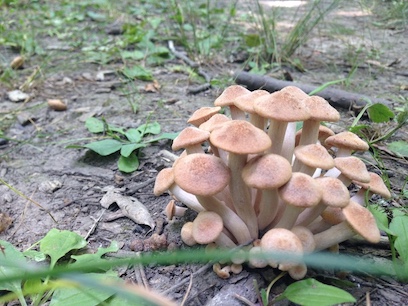Definitely worth checking this out.
Recent molecular studies have identified substantial fungal diversity in indoor environments. Fungi and fungal particles have been linked to a range of potentially unwanted effects in the built environment, including asthma, decay of building materials, and food spoilage. The study of the built mycobiome is hampered by a number of constraints, one of which is the poor state of the metadata annotation of fungal DNA sequences from the built environment in public databases. In order to enable precise interrogation of such data — for example, “retrieve all fungal sequences recovered from bathrooms” — a workshop was organized at the University of Gothenburg (May 23-24, 2016) to annotate public fungal barcode (ITS) sequences according to the MIxS-Built Environment annotation standard (http://gensc.org/mixs/). The 36 participants assembled a total of 45,488 data points from the published literature, including the addition of 8,430 instances of countries of collection from a total of 83 countries, 5,801 instances of building types, and 3,876 instances of surface-air contaminants. The results were implemented in the UNITE database for molecular identification of fungi (http://unite.ut.ee) and were shared with other online resources. Data obtained from human/animal pathogenic fungi will furthermore be verified on culture based metadata for subsequent inclusion in the ISHAM-ITS database (http://its.mycologylab.org).
